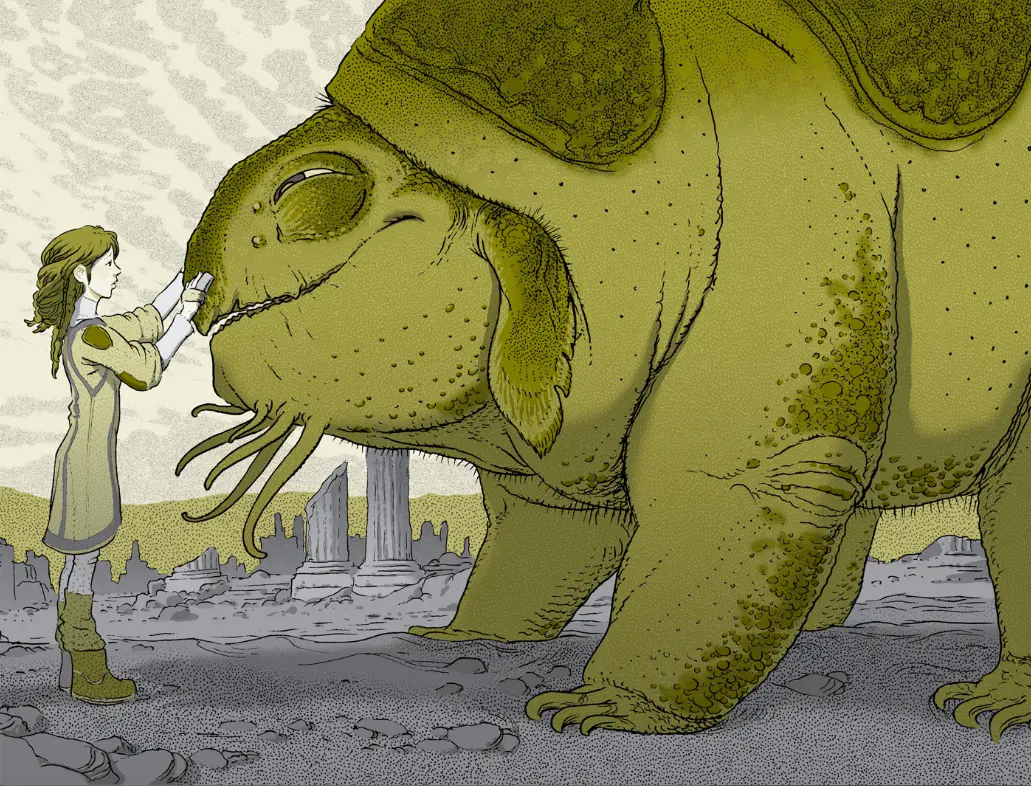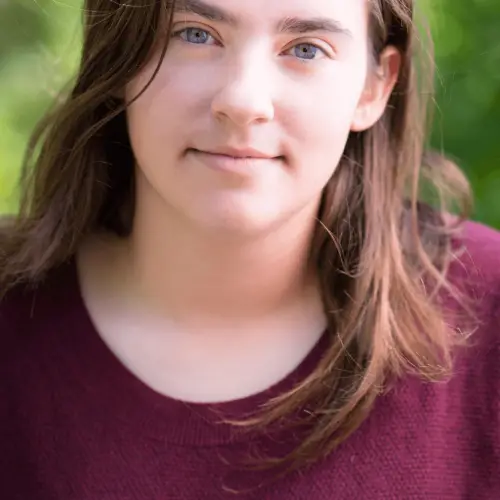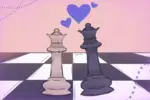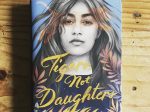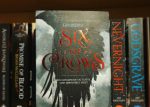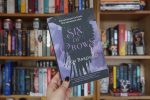Sometimes I like to browse through the kid’s section in the bookstore. Many of the books I love are still there, such as “Harry Potter” by J.K. Rowling and “Percy Jackson and the Olympians” by Rick Riordan, but many new books have taken over their spots to welcome a new generation of readers.
The nature of middle school novels is to teach kids of bigger ideas and worlds. Those themes aren’t restricted to just kids, however; they are just as pertinent for adults. And more often than not, they’re great stories.
Here are seven middle school novels that adults should read, and who knows, maybe you’ll get something new out of the experience.
1. “The Search for WondLa” by Tony DiTerlizzi
From one of the minds that created “The Spiderwick Chronicles” comes the inventive world in “The Search for WondLa.” Eva Nine has lived her whole life in the Sanctuary with her robot caretaker, Muthr, and she desperately wants to go to aboveground. The 12-year-old gets her chance when a marauder breaks into their home and forces them to escape.
As they journey through this treacherous new landscape, Nie searches for other humans — or rather, what happened to them. This middle school novel is heartwarming and fantastic, reminiscent of the worlds of “Avatar,” “Star Wars” and “Treasure Planet,” yet DiTerlizzi’s novel is something entirely unique. Mixed with the beautiful world, Nine’s strong will and desire to find where she belongs pushes the book along and gives everyone, young and old, a hero they wish they could be.
2. “Schooled” by Gordon Korman
Capricorn “Cap” Anderson has spent his life living on the hippie commune with his grandmother, Rain. When Rain is hospitalized after falling out of a tree, Cap moves in with the school counselor and her teenage daughter and must go to a real middle school for the first time in his life. The other kids of Claverage (dubbed “C-average”) middle school take one look at Cap and try to make his life a living nightmare, but Cap isn’t someone who folds under pressure.
“Schooled” presents complicated characters on all sides, and Korman crafts comical moments around the very real terrors of a public middle school, all while the kids’ react to Cap’s unusual kindness and Zen Buddhism lessons. Maybe you weren’t the cool kid, maybe you were or maybe you were the homeschooler; the ideas on the page aren’t foreign in any respect, and you’ll probably see yourself in a few of the characters.
3. “A Taste of Blackberries” by Doris Buchanan Smith
Jamie’s fearlessness and mischievous attitude always infected the other kids. Their friendship builds with summer days spent running through the blackberry bushes and attempting to steal apples. With Jamie suddenly gone, however, his best friend deals with tragedy unlike any other that he’s ever known.
As a 10-year-old who read this book, I learned that apparently mortality is a subject that can be learned at any point, and “A Taste of Blackberries” is one of the books I remember to most clearly exemplify this power. The grief in this middle school novel is heart-wrenching and clear, and it asks the difficult questions about how to deal with loss. Maybe it’s less of a novel concept for adults, but there’s something stark in a kid’s description of the events that take place.
4. “The Inquisitor’s Tale: Or, the Three Magical Children and Their Holy Dog” by Adam Gidwitz and illustrated by Hatem Aly
On a dark night in 1242, everyone gathered at the inn tells stories of the three kids and their magical dog on the run through France. The kids will have to perform miracles at Mont Saint-Michel to evade the biggest dangers ahead, though a path of destruction follows in their wake.
“The Inquisitor’s Tale” has beautiful illustrations to accompany the “Canterbury Tales”-style middle school novel, and these unlikely allies unite despite the enemies and prejudices they face. Although they’re kids, their friendship against the odds is something miraculous all on its own.
5. “Hoot” by Carl Hiaasen
Maybe Roy would’ve liked his move to Florida more if his first encounter hadn’t been with the school bully, and then maybe he wouldn’t have broken said bully’s nose and be banned from the school bus. But nevertheless it caused a chain of events where Roy meets Mullet Fingers, the running boy with no shoes, and they discover that a pancake house has set their sights on building over a bunch of endangered burrowing owls. With the help of soccer player Beatrice Leep, the three of them go to save the little creatures.
It’s an environmental middle school novel with comic scenes (like an alligator in the portable toilet, scaring the living daylights out of the construction foreman). It’s never too early or too late to learn about being environmentally conscientious, but “Hoot” is also a story about home, even for the smallest of creatures.
6. “The Invention of Hugo Cabret” by Brian Selznick
Selznick’s tale is about an orphan living in a Paris train station, avoiding the eyes of the police and working on the automaton that his father left him. When he encounters the old toy seller Georges and his adopted goddaughter, Isabelle, Cabret’s life entangles with the secrets that Georges has kept hidden for many years.
The drawings in this novel are a key element in describing the story and setting the atmosphere, and the events are loosely based on the real-life filmmaker Georges Méliès and his collection of films and automata. Even if “The Invention of Hugo Cabret” wasn’t based on Méliès, Selznick’s middle school novel still manages to breathe life into the story.
7. “The Little Prince” by Antoine de Saint-Exupéry
The most translated French book of all time, “The Little Prince” (or “Le Petit Prince”), is about the Little Prince who leaves his home planet to see how adults act in other parts of the universe, eventually making his way to Earth and meeting a pilot who’s crashed in the desert.
It’s interesting, I’ve read plenty of reviews for this particular book (from adults, of course) who aren’t sure if kids will completely understand the allegories and themes of the middle school novel. But here’s the thing: kids are a smart bunch, and even if they can’t articulate what a theme is, they definitely know that the Little Prince values his friendship with the Rose and the Fox, and that creativity is a value that adults tend to lose (or, it at the very least, it’s a trait that becomes jaded and cynical).
Ultimately, books are never just for children or just for the younger naïve. These books appeal to the humanity in everyone because children and the lessons they learn aren’t foreign to adults. Margaret Wise Brown, author of “Goodnight Moon,” once said, “I don’t think I’m essentially interested in children’s books. I’m interested in writing, and in pictures. I’m interested in people and in children because they are people.”


